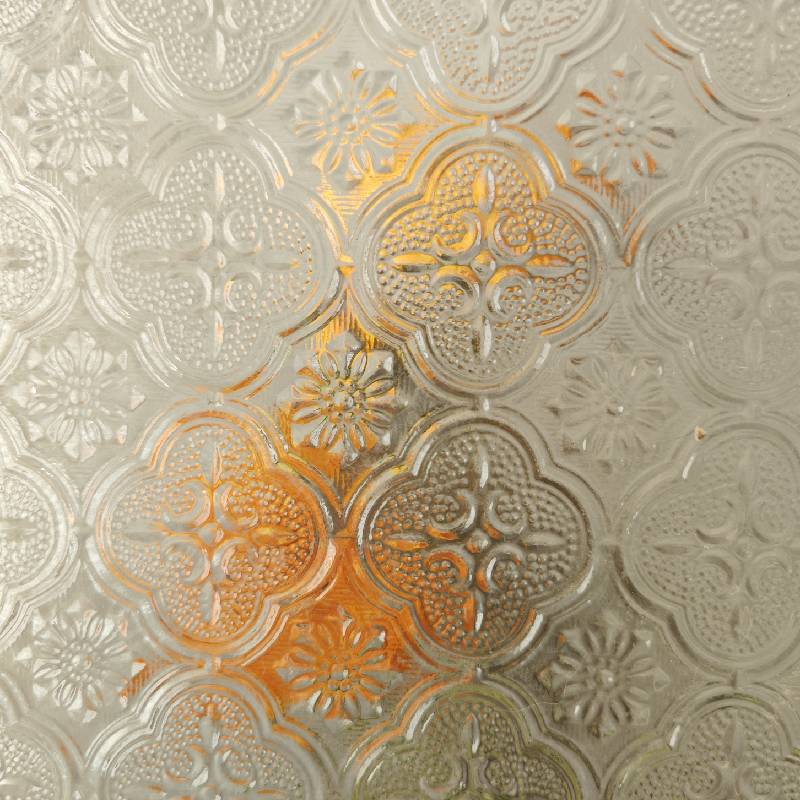

Understanding 4mm Low-E Glass Revolutionizing Energy Efficiency in Modern Architecture
As the world continues to grapple with environmental challenges, the construction and design industries are increasingly focused on sustainability and energy efficiency. One of the most significant innovations in this area is the development of Low-E (low emissivity) glass, particularly the 4mm Low-E glass. This specialized glazing option not only enhances the aesthetic appeal of buildings but also contributes to energy savings and enhanced comfort for occupants.
What is Low-E Glass?
Low-E glass refers to a type of glass that has been treated with a microscopically thin coating designed to reduce the amount of infrared and ultraviolet light that can pass through it without compromising the amount of visible light transmitted. This coating is typically made from metallic materials, which reflect heat back into the room during the winter months, while also reflecting unwanted heat during the summer. The result is a more stable indoor climate, ultimately leading to a reduction in energy costs.
The 4mm Thickness Advantage
The thickness of the glass plays a significant role in its performance, and 4mm Low-E glass strikes a fine balance between strength, weight, and insulating properties. This thickness is often suitable for a range of applications including residential windows, commercial storefronts, and even curtain walls. Its light weight reduces the structural load on buildings while still maintaining durability and resistance to breakage. Moreover, the 4mm Low-E glass can be laminated or tempered for added safety, making it an excellent choice for both commercial and residential projects.
Energy Efficiency and Cost Savings

One of the primary benefits of using 4mm Low-E glass is its energy efficiency. According to numerous studies, buildings that utilize Low-E glass can reduce heating and cooling costs by up to 30-40%. This is particularly beneficial in areas with extreme climate conditions, where heating and cooling demands are higher. Furthermore, energy-efficient buildings often qualify for various green building certifications and incentives, creating long-term financial benefits for owners and developers.
Impact on Comfort and Well-being
In addition to financial advantages, 4mm Low-E glass significantly enhances occupant comfort. By minimizing glare and regulating indoor temperatures, this type of glass creates a more pleasant living and working environment. Furthermore, with its ability to filter out harmful UV rays, Low-E glass protects furniture, flooring, and artworks from fading, thus preserving the aesthetic value of a space.
Environmental Benefits
The switch to 4mm Low-E glass not only promises economic advantages but also aligns with the global push toward sustainability. Reducing energy consumption translates to a lower carbon footprint, contributing to the fight against climate change. As governments and organizations strive for net-zero targets, the use of Low-E glass represents a practical step toward achieving these important environmental goals.
Conclusion
In conclusion, 4mm Low-E glass is more than just a modern building material; it is a pivotal element in the movement toward energy efficiency and sustainability. Its combination of durability, aesthetics, and energy-saving properties makes it an ideal choice for a wide range of applications in contemporary architecture. As the construction industry continues to evolve, the adoption of technologies like 4mm Low-E glass will play a crucial role in creating smarter, greener, and more comfortable living spaces for future generations. Investing in this innovative glazing solution now paves the way for a more sustainable and energy-efficient built environment, benefiting both occupants and the planet as a whole.